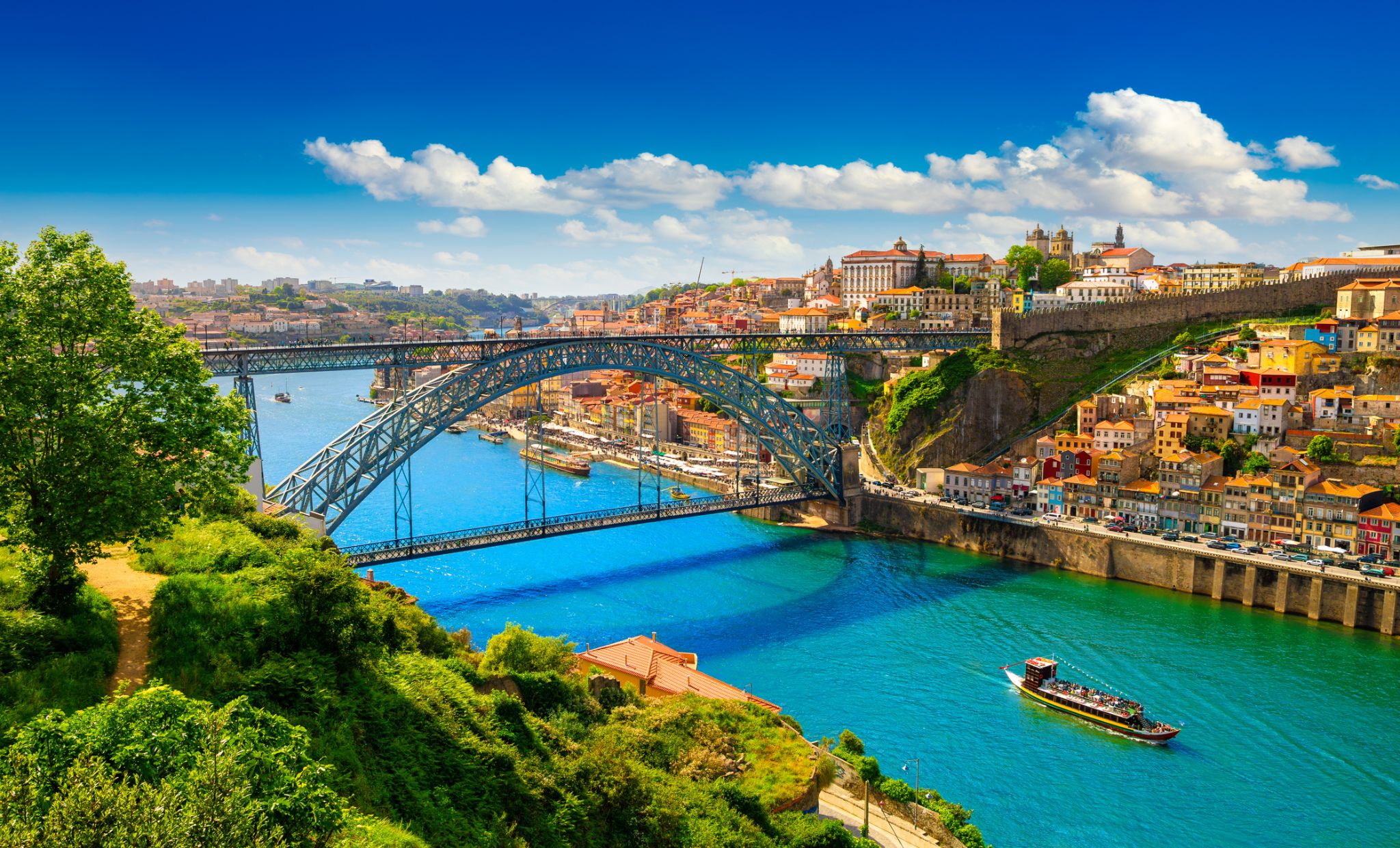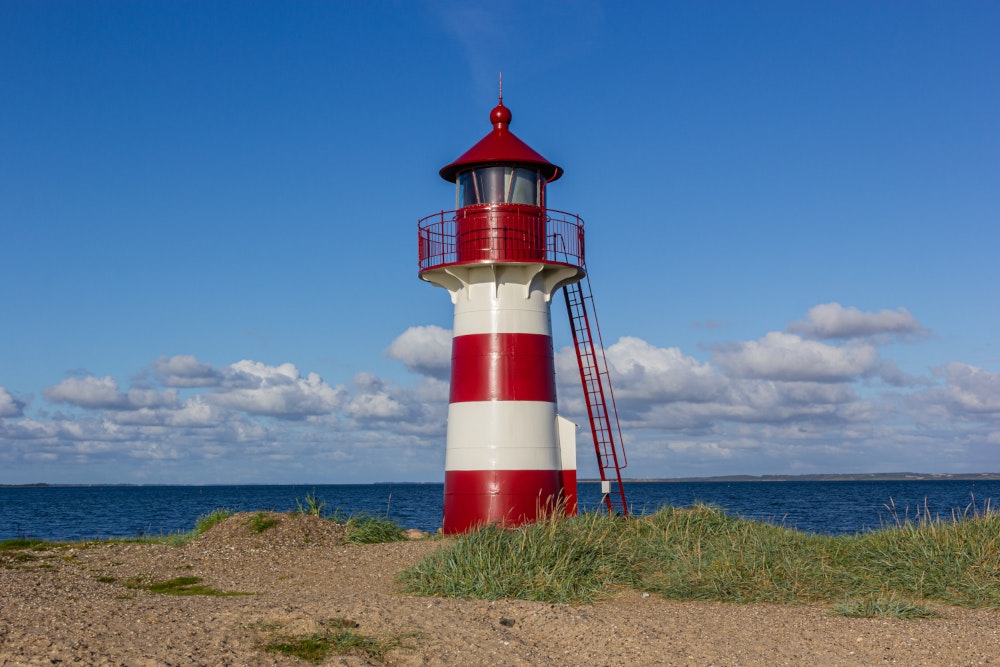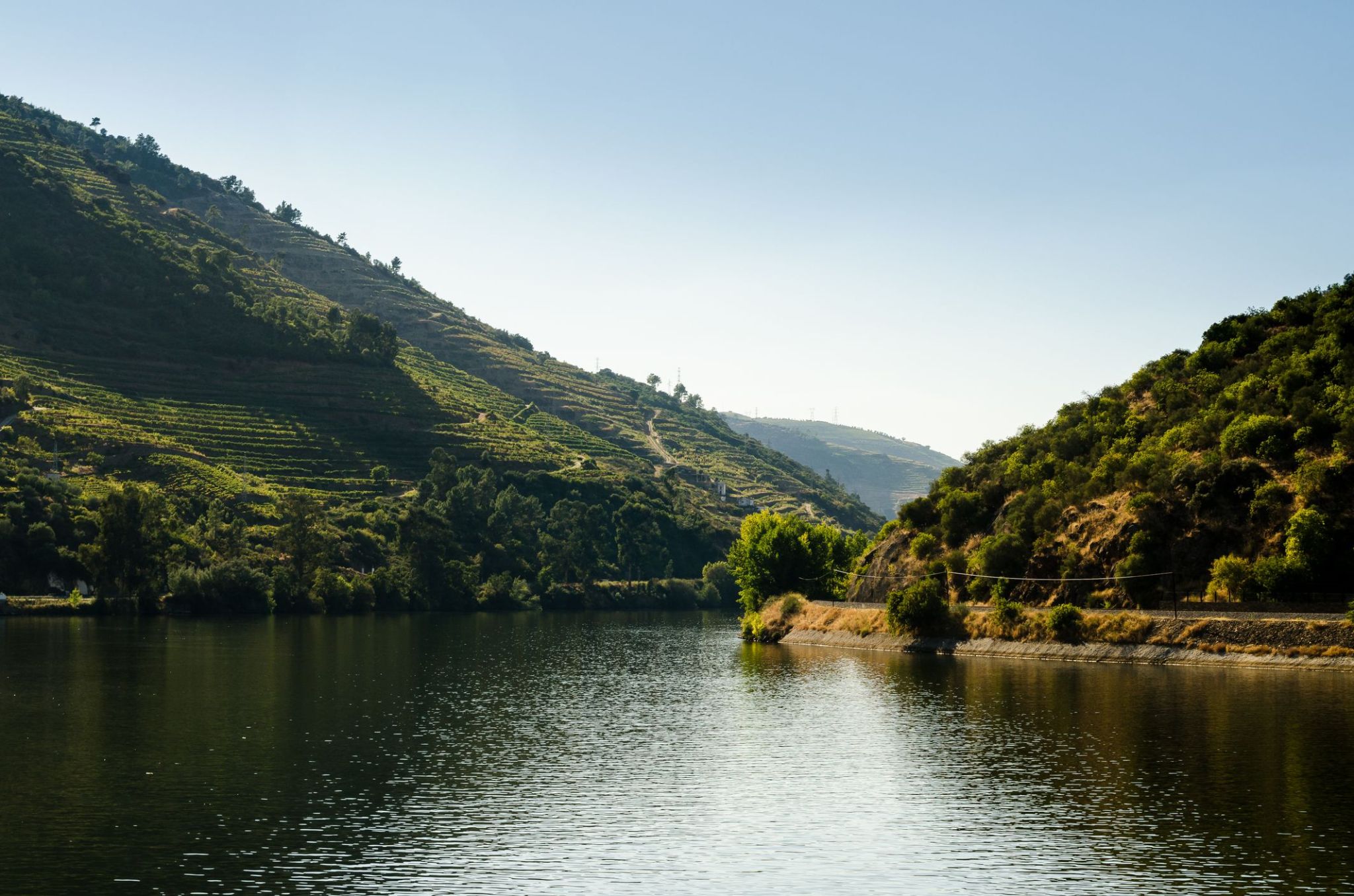

| Cruise Region : Mediterranean Sea |
| Company : Croisi Europe |
| Ship : MS Gil Eanes |
| Journey Start : Thu 17 Jul 2025 |
| Journey End : Thu 24 Jul 2025 |
| Count Nights : 7 nights |
| Day | Date | Port | Arrival | Departure |
|---|---|---|---|---|
| 1 | 17.07 Thu | Lisbon / Portugal | ||
| 2 | 18.07 Fri | Lisbon / Portugal | ||
| 3 | 19.07 Sat | Porto / Portugal | ||
| 4 | 20.07 Sun | Pezu-da-Regua / Portugal | ||
| 5 | 21.07 Mon | Vega de Terron / Spain | ||
| 6 | 22.07 Tue | Senhora dos Aflitos / Portugal | ||
| 7 | 23.07 Wed | Leverinho / Portugal | ||
| 8 | 24.07 Thu | Porto / Portugal | 09:00 |
All inclusive on board
THE CROISIEUROPE DIFFERENCE
All meals included - DRINKS INCLUDED with meals and at the bar
Refined French cuisine - Gala dinner and evening - Welcome cocktail
Free Wi-Fi onboard
Headsets are included for excursions
Official welcome from the captain and crew
Onboard activities
Travel assistance and repatriation insurance
All port fees included

Lisbon is the capital and the largest city of Portugal, with an estimated population of 505,526 within its administrative limits in an area of 100.05 km2. Its urban area extends beyond the city's administrative limits with a population of around 2.8 million people, being the 11th-most populous urban area in the European Union. About 3 million people live in the Lisbon Metropolitan Area (which represents approximately 27% of the country's population). It is mainland Europe's westernmost capital city and the only one along the Atlantic coast. Lisbon lies in the western Iberian Peninsula on the Atlantic Ocean and the River Tagus. The westernmost areas of its metro area form the westernmost point of Continental Europe, which is known as Cabo da Roca, located in the Sintra Mountains.

Lisbon is the capital and the largest city of Portugal, with an estimated population of 505,526 within its administrative limits in an area of 100.05 km2. Its urban area extends beyond the city's administrative limits with a population of around 2.8 million people, being the 11th-most populous urban area in the European Union. About 3 million people live in the Lisbon Metropolitan Area (which represents approximately 27% of the country's population). It is mainland Europe's westernmost capital city and the only one along the Atlantic coast. Lisbon lies in the western Iberian Peninsula on the Atlantic Ocean and the River Tagus. The westernmost areas of its metro area form the westernmost point of Continental Europe, which is known as Cabo da Roca, located in the Sintra Mountains.

Порту является вторым по величине городом Португалии после Лиссабона и одним из крупных городских районов Пиренейского полуострова. Население самого города составляет 237 591 человек, а в столичном районе Порту, который выходит за административные пределы города, проживает 1,9 миллиона человек (2011 год) на площади 2 395 км2 (925 кв. Миль), что делает его вторым самый большой городской район в Португалии. Он признан глобальным городом гамма-уровня Исследовательской группой по глобализации и глобальным городам (GaWC), единственным португальским городом, кроме Лиссабона, который был признан глобальным городом.
Расположенный вдоль устья реки Дору на севере Португалии, Порту является одним из старейших европейских центров, и его историческое ядро было объявлено ЮНЕСКО объектом Всемирного наследия в 1996 году. Западная часть его городской территории простирается до береговой линии Атлантического океана. Его поселение датируется много веков, когда он был форпостом Римской империи. Его объединенное кельтско-латинское имя, Portus Cale, было названо происхождением названия «Португалия», основанного на транслитерации и устной эволюции от латыни. На португальском языке название города пишется с определенной статьей о Порту ; следовательно, его английское название произошло от неправильного толкования устного произношения и упоминается как Опорто в современной литературе и многими ораторами.


Vega de Terron is a small but strategically important river port in western Spain, located on the border with Portugal in the province of Salamanca. It marks the final stop for cruises along the Douro River coming from Portugal into Spain. Surrounded by scenic hills and vineyards of the Castile and León region, the port serves as a gateway into the Spanish countryside, where traditional rhythms of life and rural charm still prevail.
From here, travelers often begin excursions to the famous city of Salamanca — one of the oldest university towns in Europe, just 90 kilometers away. Vega de Terrón is also popular among wine lovers, as it lies near the renowned Ribera del Duero wine region. This place offers an ideal introduction to Spanish history, architecture, and gastronomy after a cruise through the green valleys of northern Portugal. Though small, the port plays a key role in the cultural route between the two countries.

A peaceful retreat imbued with spiritual meaning awaits in Senhora dos Aflitos — a place that for centuries has drawn pilgrims and travelers in search of inner peace. Nestled among green hills, this sanctuary is not only a religious site but also a viewpoint offering breathtaking scenery. The atmosphere is particularly serene here: the soft toll of bells blends with the rustling leaves, creating a sense of harmony.
Senhora dos Aflitos is known for its chapel dedicated to the Virgin Mary, to whom people turn in times of sorrow and trials. Locals often come with candles and prayers, while tourists seek authenticity and natural beauty. In spring, the area is especially charming: blooming trees, fresh air, and a sense of blessed calm make this place a perfect stop while traveling through central Portugal.

Tucked away among the vineyards of the Douro region, Leverinho offers travelers a path to true Portuguese idyll. This place is perfect for those seeking peace, nature, and leisurely strolls along emerald hills. Here, tranquility reigns, interrupted only by the rustle of leaves and the clink of glasses filled with local wine, which is produced just nearby.
Leverinho is ideal for those who appreciate the authentic atmosphere of rural Portugal—slow-paced, but rich in the joy of life. In nearby wineries, you can sample rare port wine varieties, while on local trails, you can enjoy views of the Douro River, whose waters reflect sunsets like a mirror. This corner is created for inspiration, recharging, and truly savoring the simple pleasures of life.

Порту является вторым по величине городом Португалии после Лиссабона и одним из крупных городских районов Пиренейского полуострова. Население самого города составляет 237 591 человек, а в столичном районе Порту, который выходит за административные пределы города, проживает 1,9 миллиона человек (2011 год) на площади 2 395 км2 (925 кв. Миль), что делает его вторым самый большой городской район в Португалии. Он признан глобальным городом гамма-уровня Исследовательской группой по глобализации и глобальным городам (GaWC), единственным португальским городом, кроме Лиссабона, который был признан глобальным городом.
Расположенный вдоль устья реки Дору на севере Португалии, Порту является одним из старейших европейских центров, и его историческое ядро было объявлено ЮНЕСКО объектом Всемирного наследия в 1996 году. Западная часть его городской территории простирается до береговой линии Атлантического океана. Его поселение датируется много веков, когда он был форпостом Римской империи. Его объединенное кельтско-латинское имя, Portus Cale, было названо происхождением названия «Португалия», основанного на транслитерации и устной эволюции от латыни. На португальском языке название города пишется с определенной статьей о Порту ; следовательно, его английское название произошло от неправильного толкования устного произношения и упоминается как Опорто в современной литературе и многими ораторами.